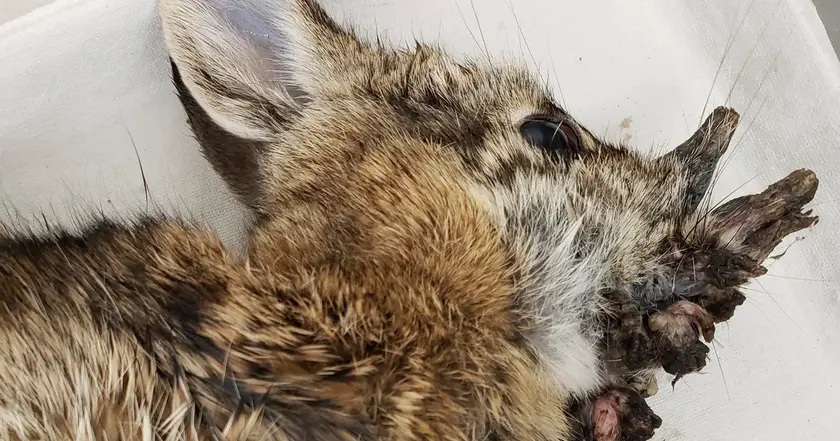T4K3.news
Frankenstein rabbits alert
Wild rabbits in Fort Collins show facial growths linked to a rabbit virus; officials urge caution and scientific guidance.

Wild rabbits in Fort Collins develop facial growths linked to a cottontail papillomavirus, prompting wildlife guidance and public interest.
Frankenstein rabbits with tentacles alarm in Colorado
Wild rabbits in Fort Collins have been spotted with dark facial growths researchers attribute to cottontail papillomavirus. Colorado Parks and Wildlife says the infection does not appear to spread to other species and urges people to avoid contact with affected animals. Some scientists say insects like mosquitoes and ticks could help move the virus between rabbit populations, though this transmission path is not yet proven.
Pet owners are advised to keep domestic rabbits away from wild pests. If a pet is bitten by an infected insect, veterinarians can remove tumours before they become malignant. In the wild, the illness could reduce an animal’s ability to feed or see, compounding its health challenges. A separate note at the end mentions a market for Cordyceps fungus, stressing that these fungi are not proven safe or effective for human medicine.
Key Takeaways
"This is a wildlife health issue not a horror story"
Statement from wildlife experts clarifying the nature of the situation
"Public fear should follow science not sensational posts"
Editorial note on public discourse
"Insects may spread the disease between rabbits not direct contact"
Transmission caveat from researchers
"Keep domestic rabbits safe by avoiding contact with wild pests"
Practical guidance for pet owners
The report leans on striking visuals to draw attention but must stay grounded in science. While CRPV is a real issue for rabbits, the framing risks turning a wildlife health matter into a fear story. Emphasizing verified transmission routes helps readers distinguish fact from fantasy.
This piece also shows how wildlife disease stories can ripple into budgets, policy and public mood. Reporters should foreground official guidance and avoid sensational language that could spur unnecessary panic.
Highlights
- This is a wildlife health issue not a horror story.
- Facts beat fear when strange animals appear.
- Insects may carry the disease between rabbits not direct contact.
- Keep domestic rabbits safe by avoiding contact with wild pests.
Public reaction risk around frightening wildlife health story
The sensational framing of the rabbits as monsters could provoke fear or misreporting. Readers may misinterpret the health risk or overreact without solid scientific context. Officials urge reliance on verified guidance to prevent panic.
Facts, not fear, should guide how communities respond to strange wildlife signals.
Enjoyed this? Let your friends know!
Related News

Frankenstein bunnies spotted in Colorado
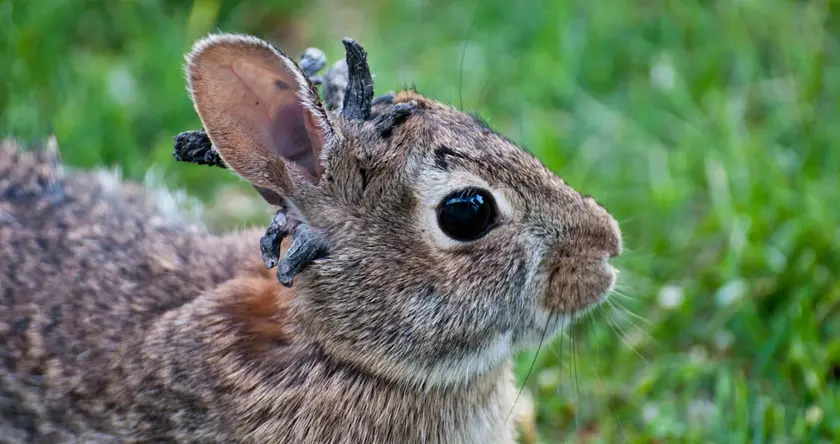
Wildlife health update from Colorado
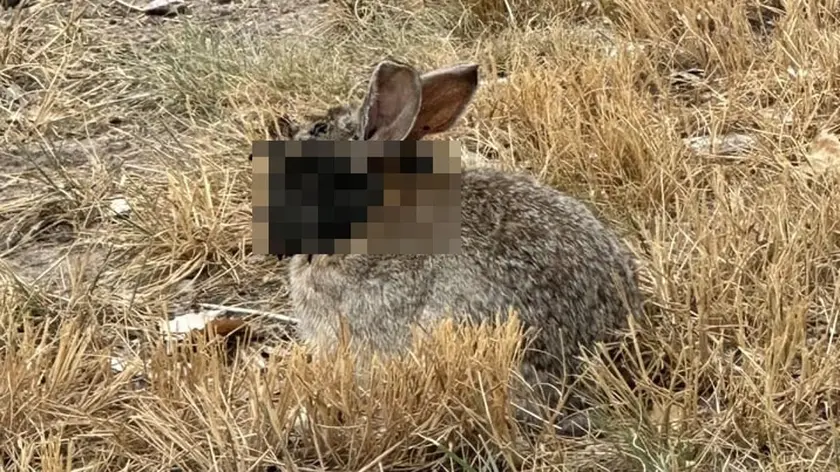
Frankenstein rabbits spotted in Colorado

Unusual rabbits in Fort Collins prompt health guidance
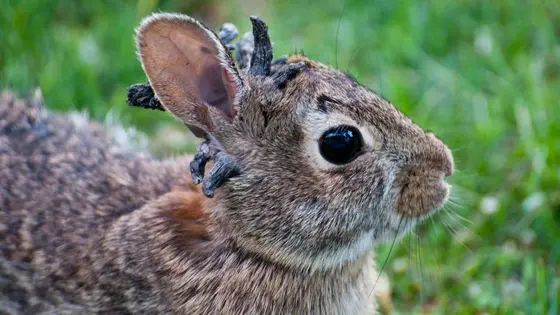
Rabbits with hornlike growths in Colorado
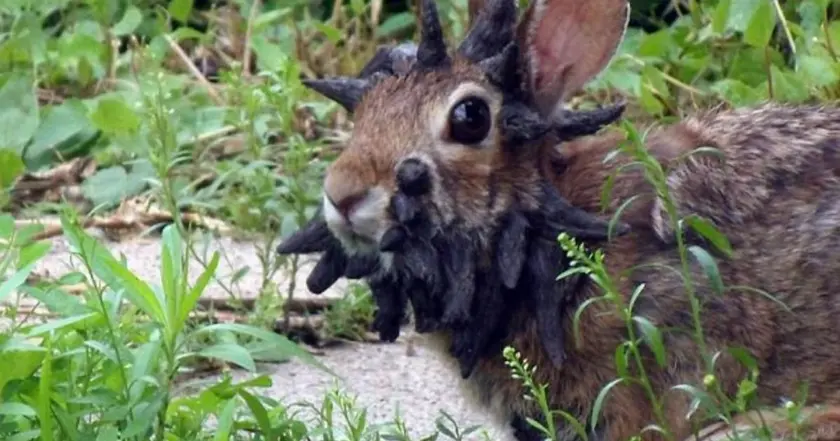
Virus turns CO rabbits into horned Frankenbunnies
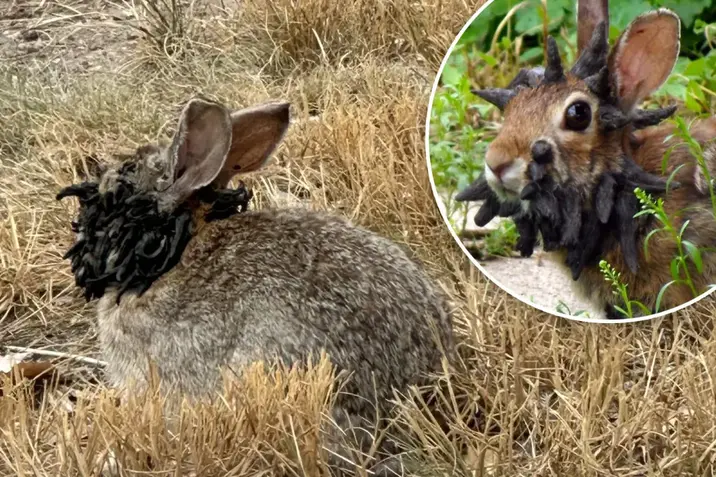
Frankenbunnies in Colorado raise wildlife health questions

CRPV in US Rabbits Sparks Public Concern
